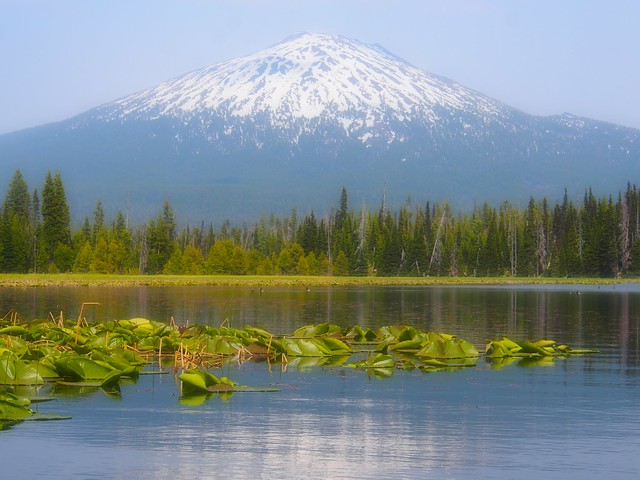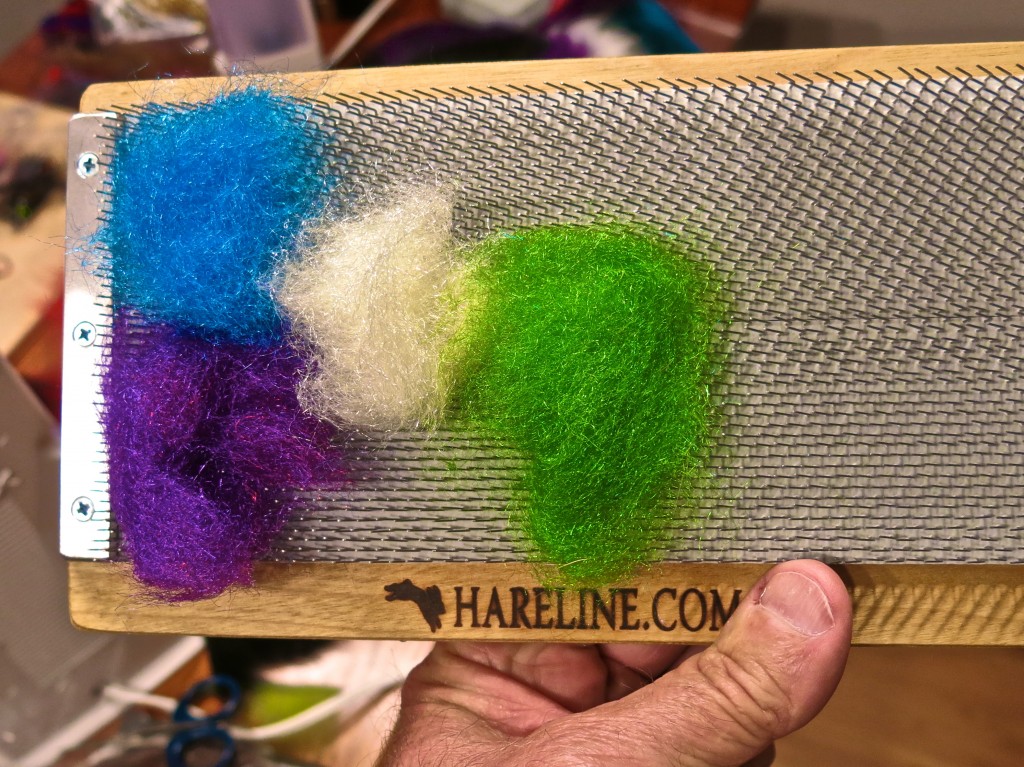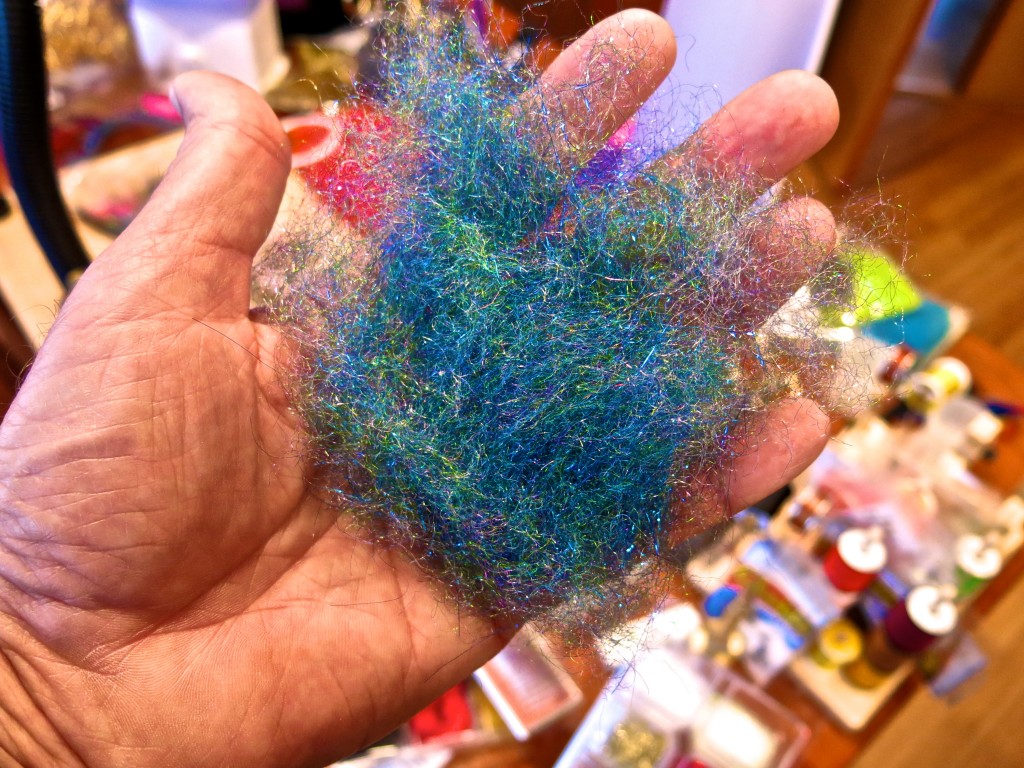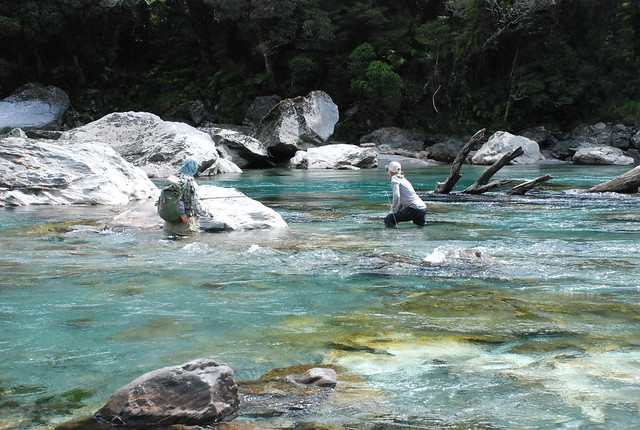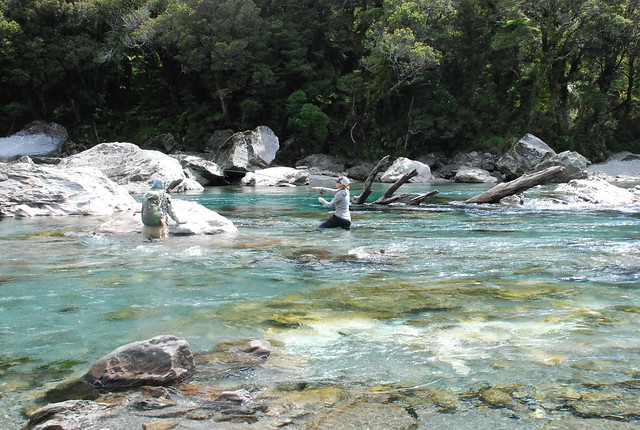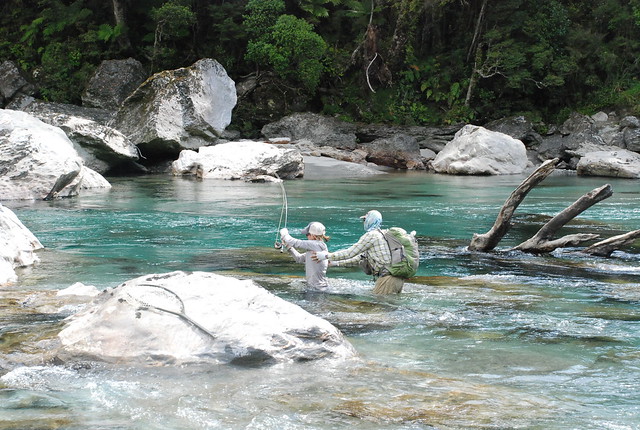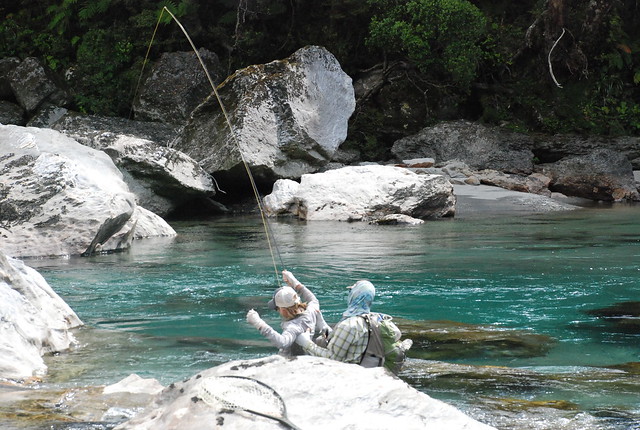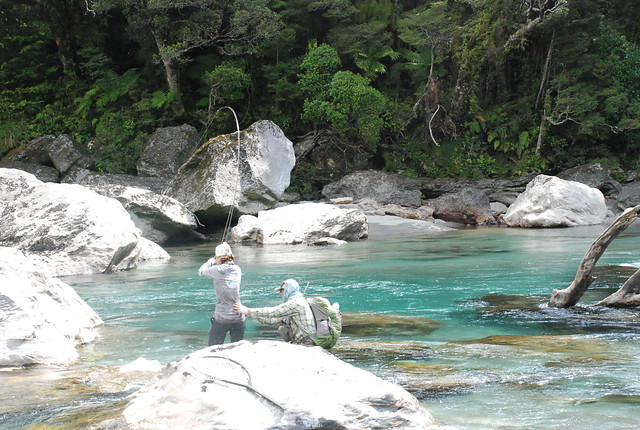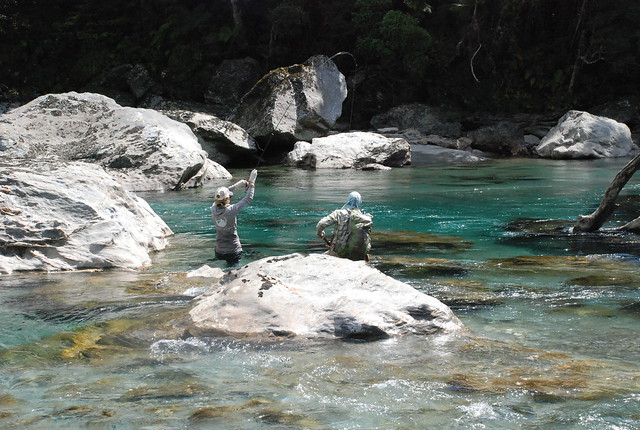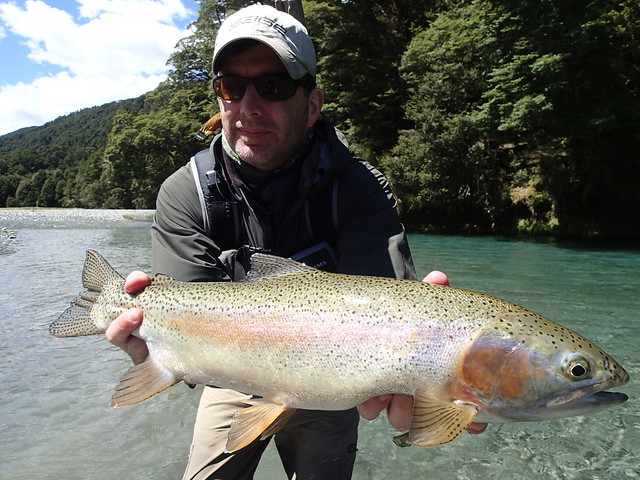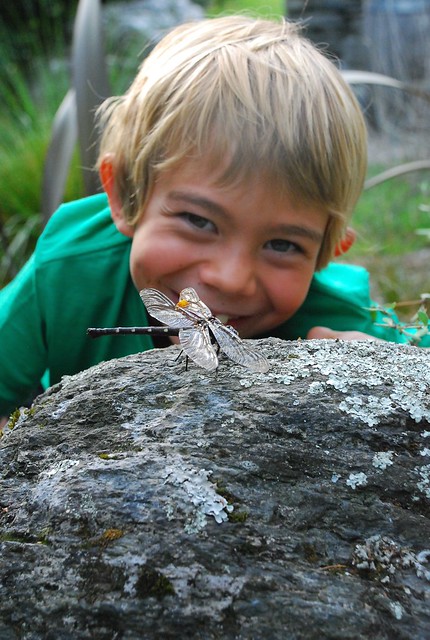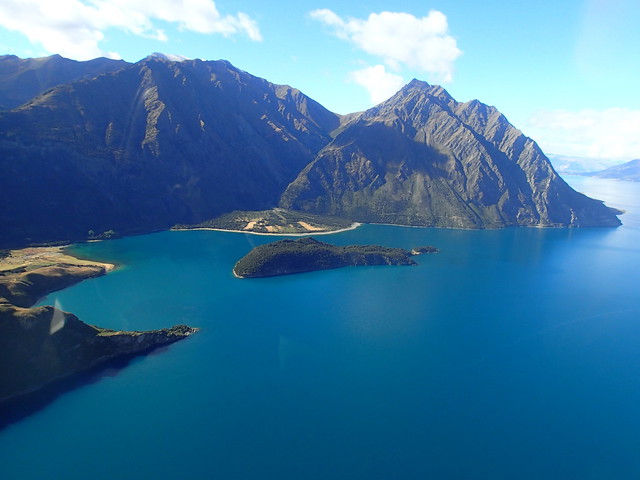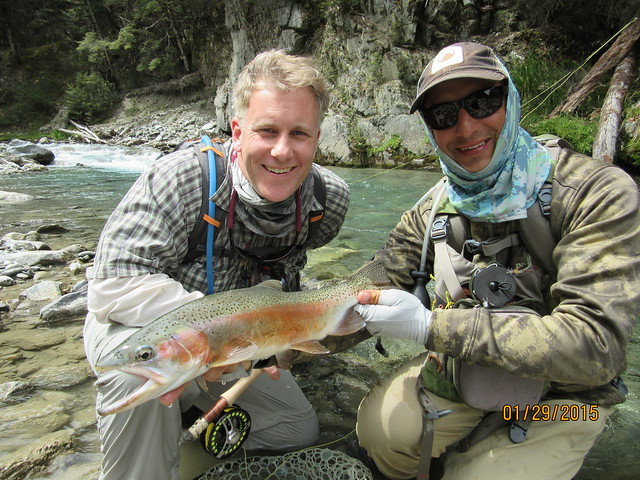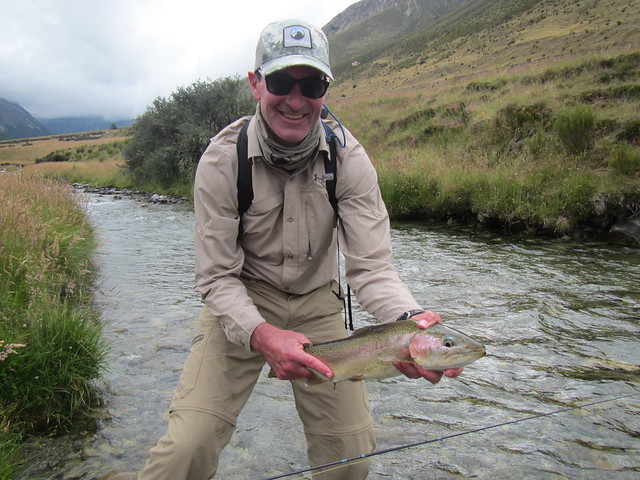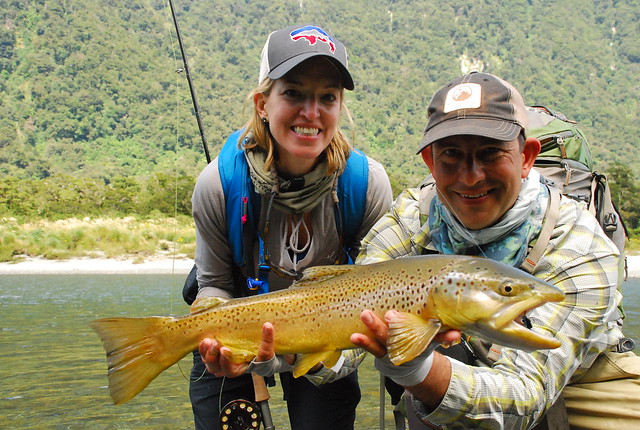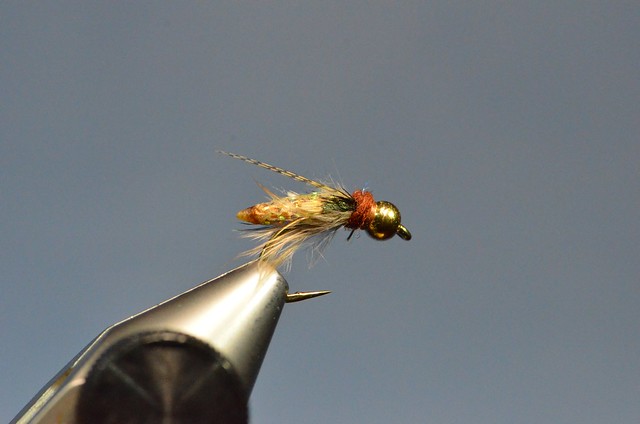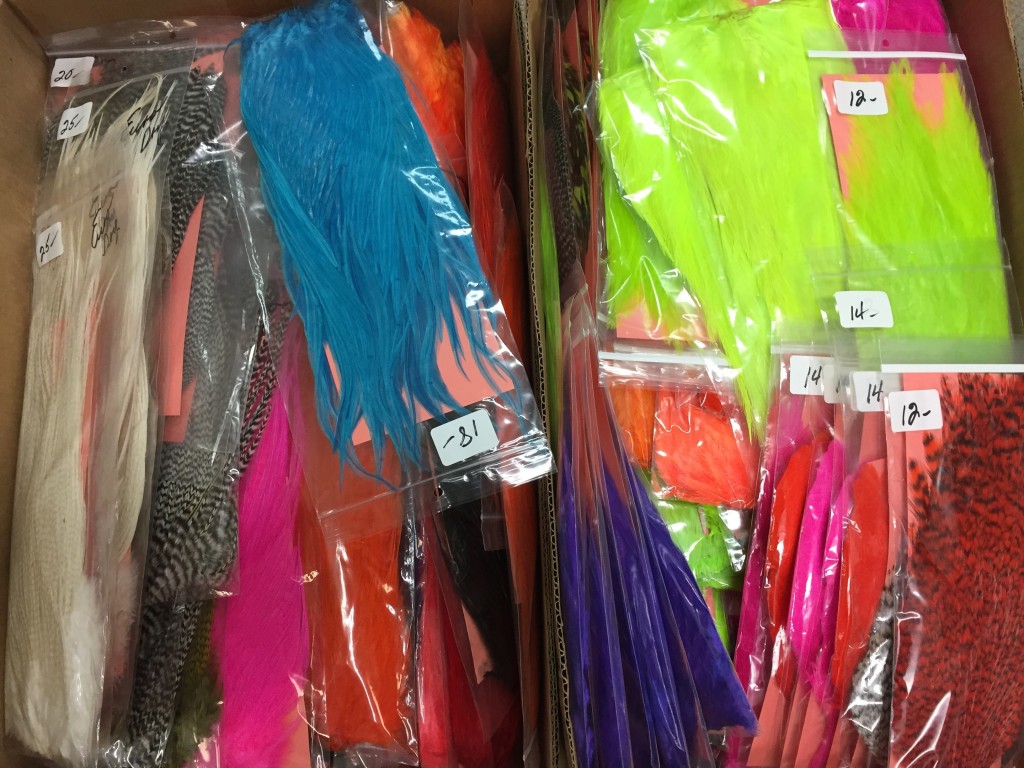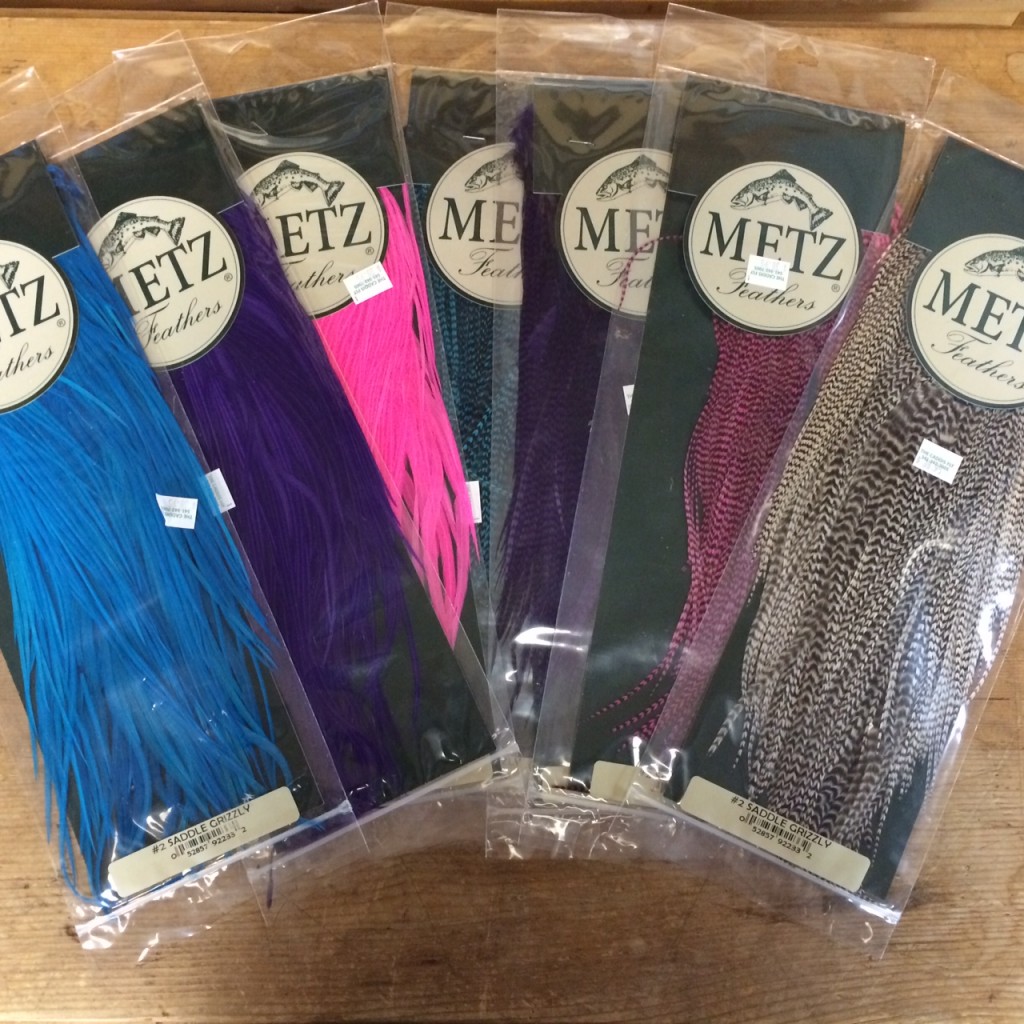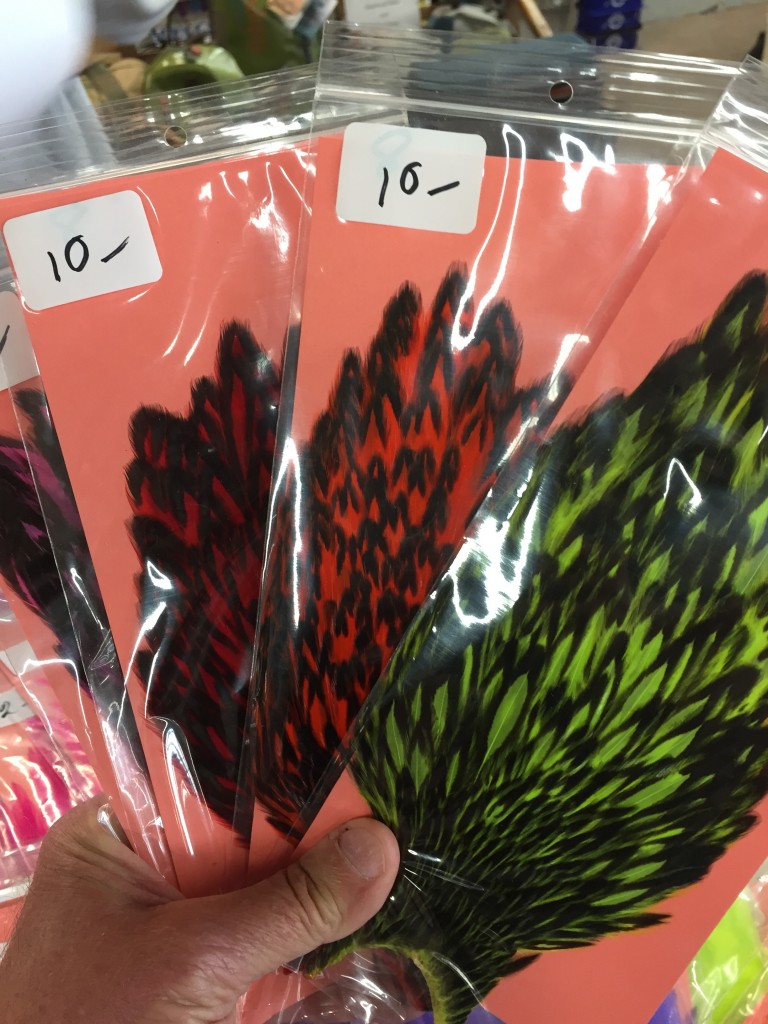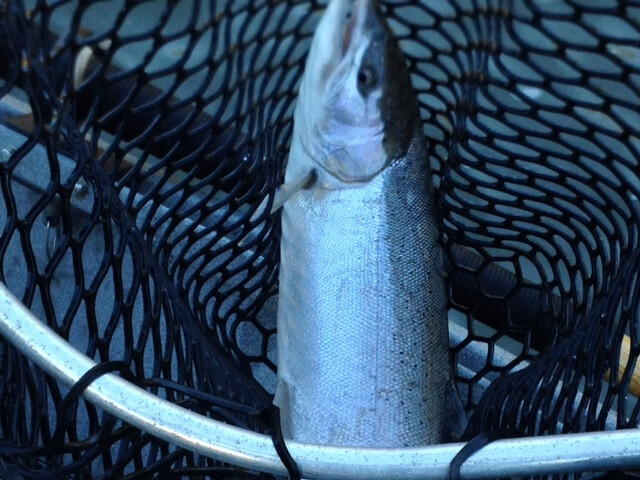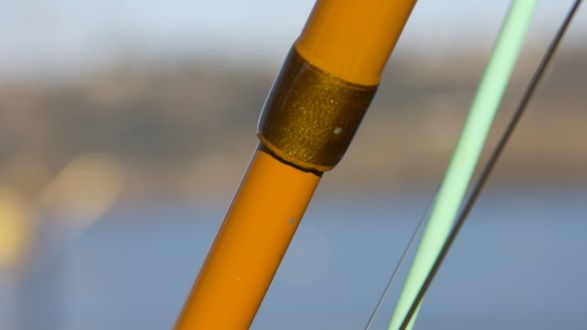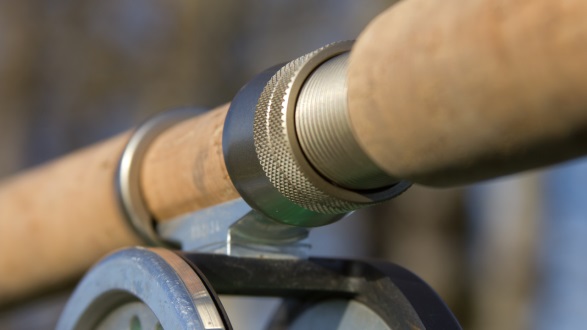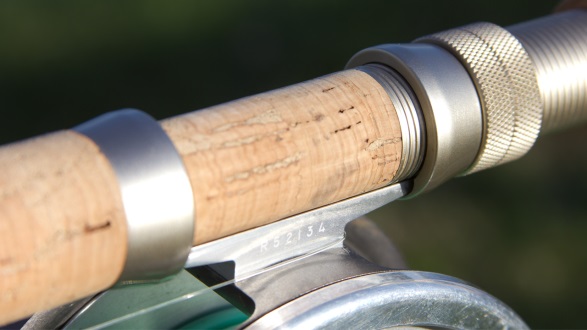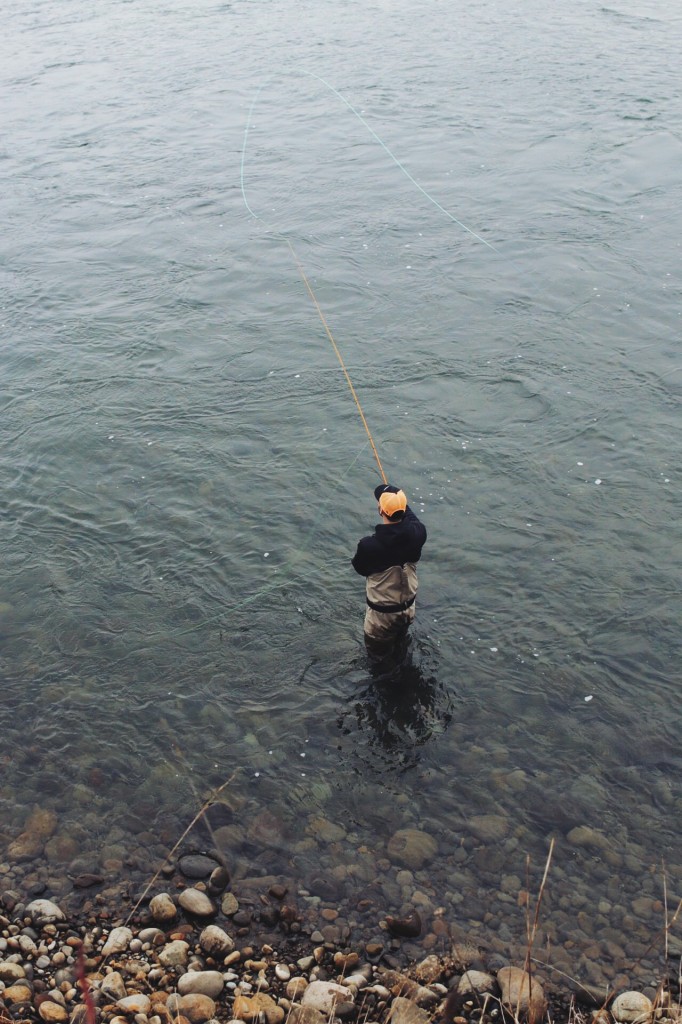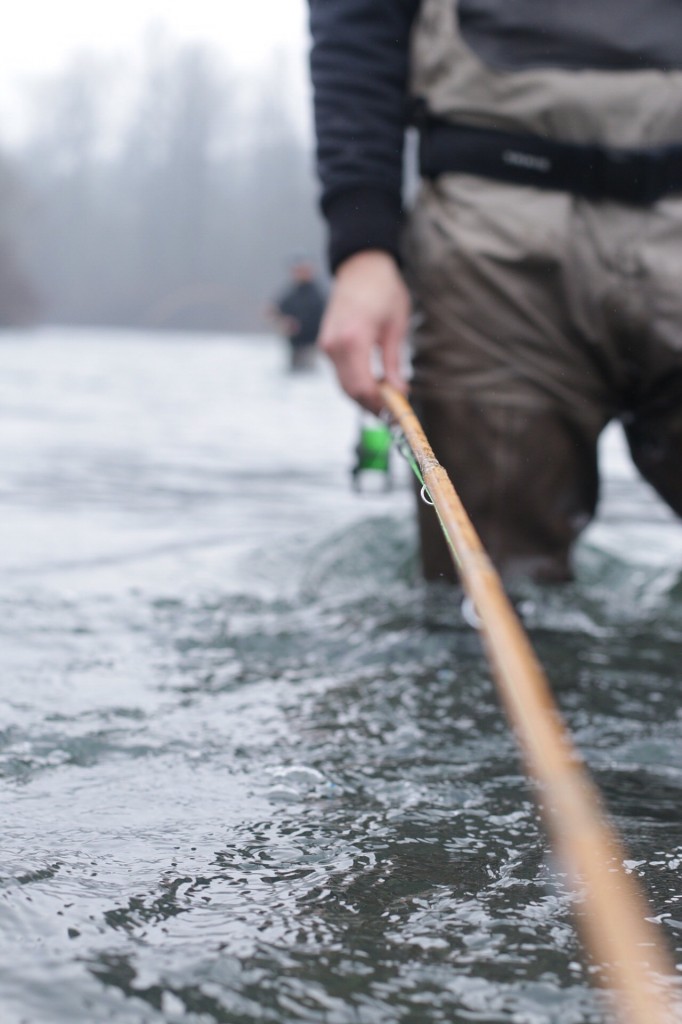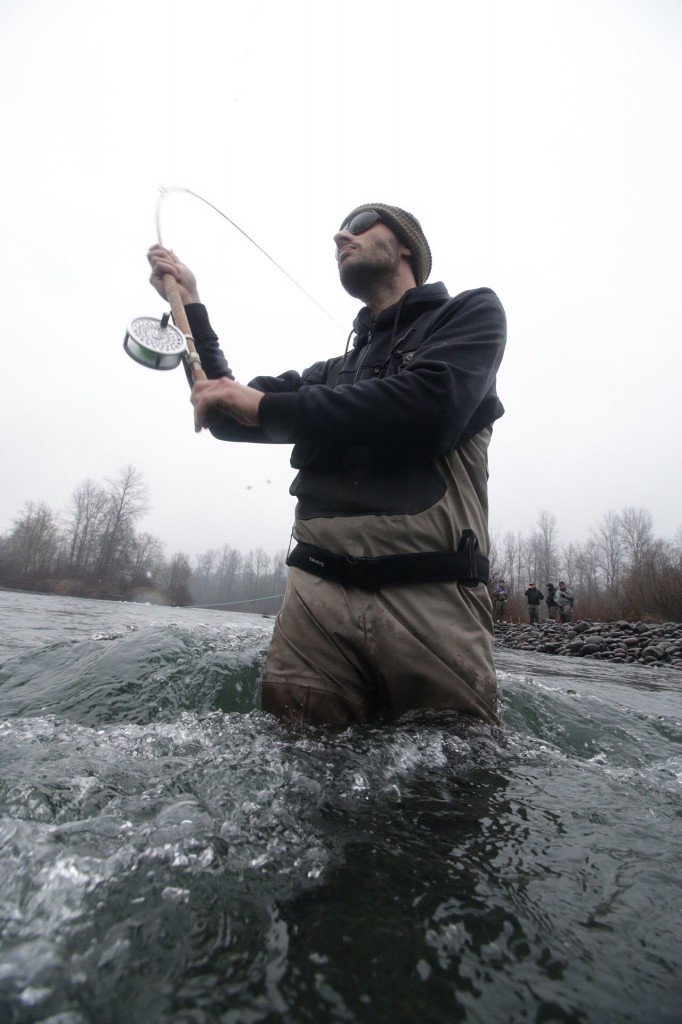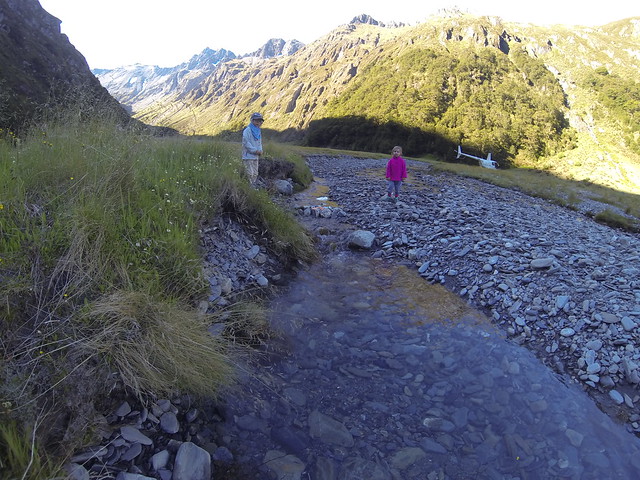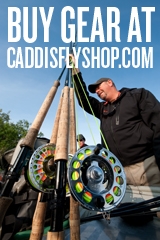The Oregon Department of Fish and Wildlife will outline changes to the fish stocking program at Hosmer Lake at a Feb. 17 meeting in Bend. The meeting will begin at 6:30 p.m. at the Central Oregon Community College Campus, Health Careers Center, Room 230.
The trout stocking program at Hosmer Lake was changed in 2013 to see if cutthroat and “Cranebow” rainbow trout would provide a better fishing experience than the Atlantic salmon. Atlantic salmon had been stocked in Hosmer since the 1950s, but in recent years they have performed poorly in the fishery – rarely attaining the size or catch rate favored by anglers. In 2014 ODFW did not collect any Atlantic salmon eggs but continued to monitor the new cutthroat and Cranebow fisheries. Cranebow rainbow trout are hatchery fish derived from wild redband trout found in Crane Prairie Reservoir.
After a year of monitoring and angler surveys, ODFW plans to discontinue stocking Atlantic salmon in favor of cutthroat and Cranebow trout. ODFW staff will present the results of a 2014 survey of Hosmer Lake anglers and describe future stocking plans for the lake.
“Our management objective for Hosmer Lake calls for us to provide a unique, quality fishing experience,” said Brett Hodgson, ODFW fish biologist. “During the last season we have been evaluating which featured species could provide the best fishing experience.”
Based on information collected during the 2014 season, only 16 percent of anglers at Hosmer Lake specifically targeted Atlantic salmon. In fact, a majority of the anglers had no preference as to species. In addition, 81 percent of those surveyed rated the quality of the fishing as good or extremely good.
For years, Hosmer Lake has been the only place in Oregon where anglers could fish for Atlantic salmon and Hodgson said he also considered the cost of the Atlantic salmon stocking program when making his decision. Dedicating space at Wizard Falls hatchery to raise only 3,000 Atlantic salmon was not a very efficient use of resources, he said.
“I understand that there are anglers disappointed about ending the Atlantic salmon program,” Hodgson said. “But I’ve also heard from many anglers who like the idea of fishing for big Cranebows in the lake.”
Despite changes in the stocking program, some popular elements of the fishery at Hosmer Lake will not change.
“ODFW will continue to manage Hosmer Lake as a fly angling only fishery,” Hodgson said. “And beginning in 2016, it will be catch-and-release only for rainbow and cutthroat trout.
Historically, Hosmer Lake did not have a native fish population. ODFW began stocking the lake in 1929 in order to provide additional fishing opportunity in this scenic mountain lake. Over the years, Hosmer has been stocked with rainbow trout, Atlantic salmon and brook trout. While ODFW no longer stocks brook trout, a naturally-reproducing population is part of a very popular fishery.


